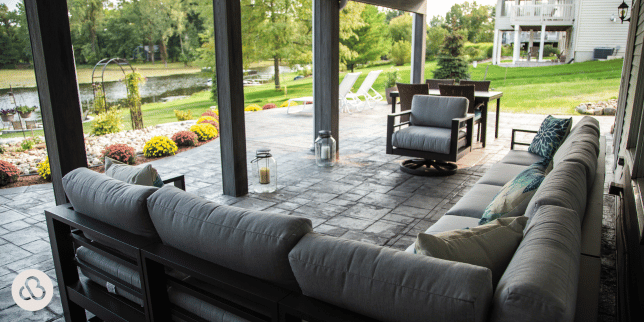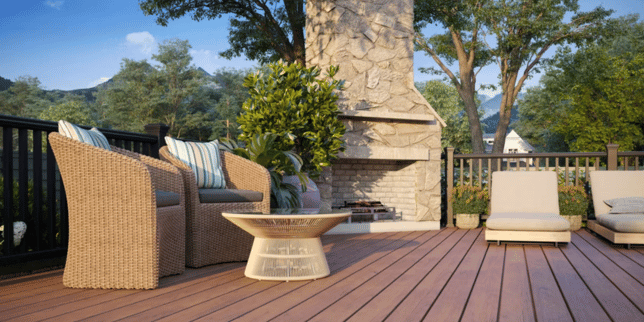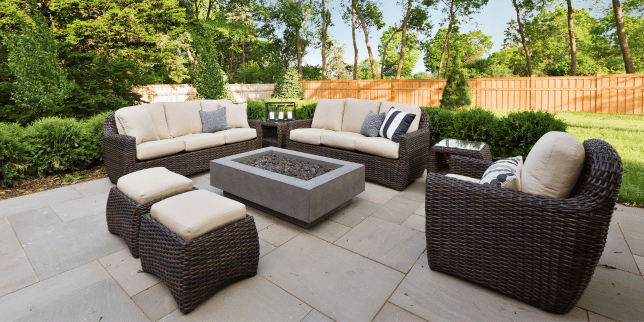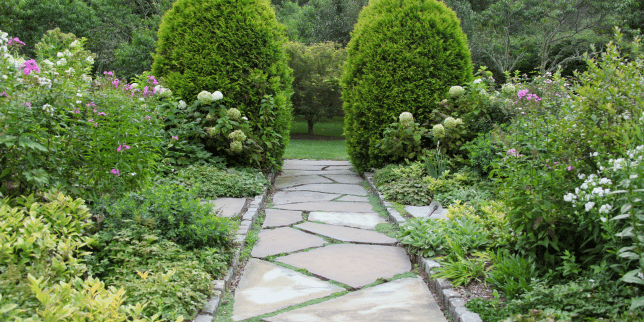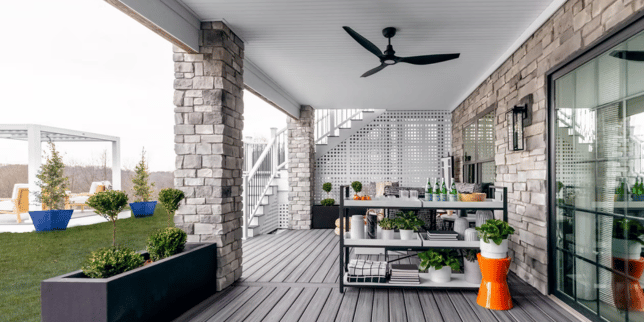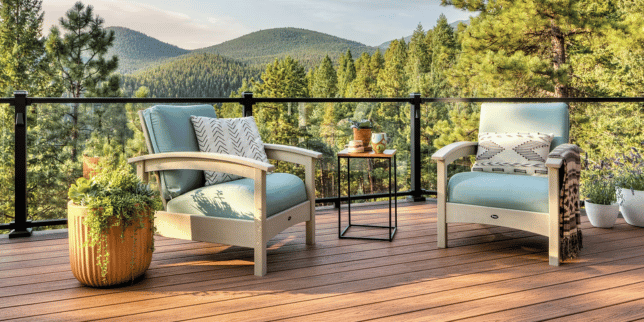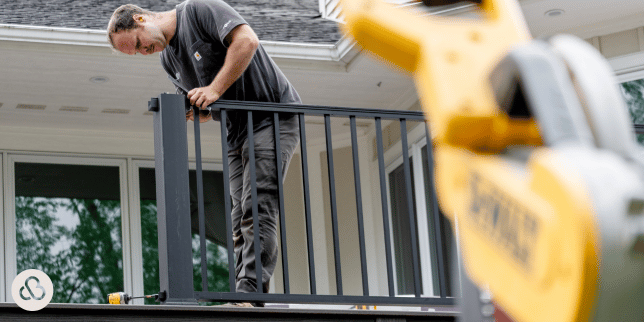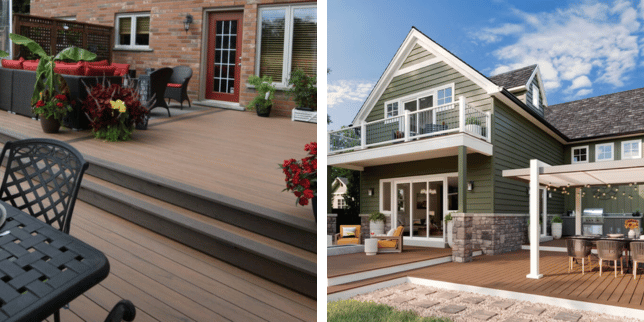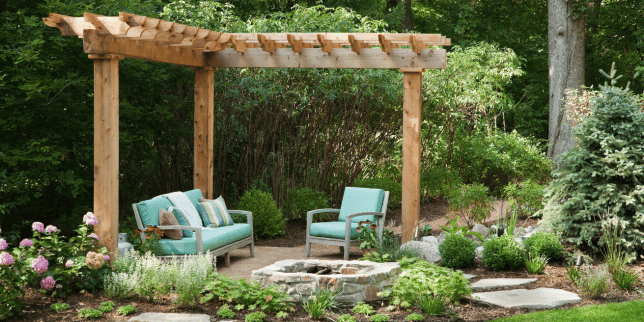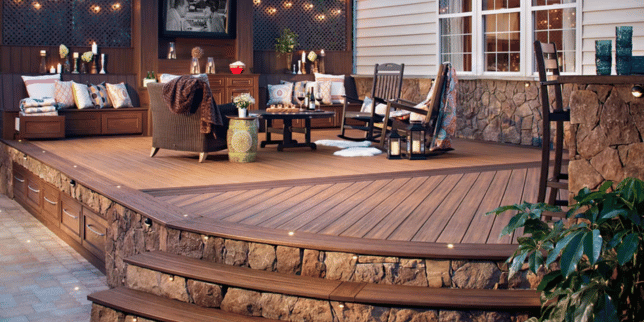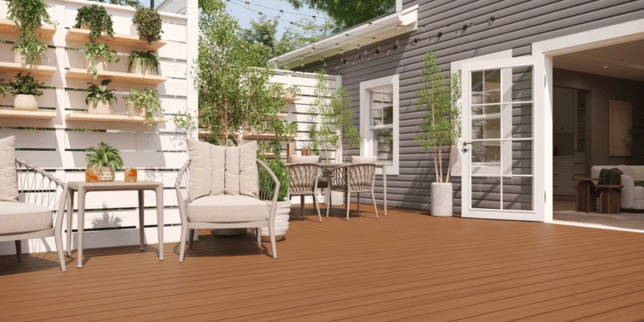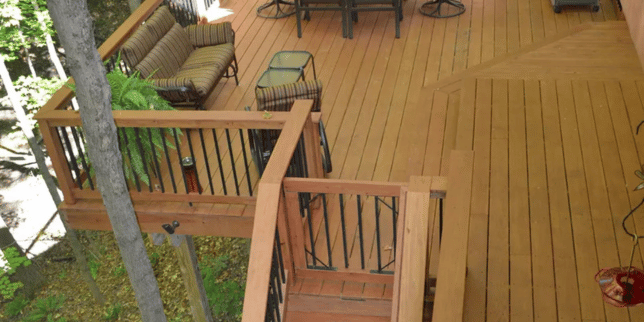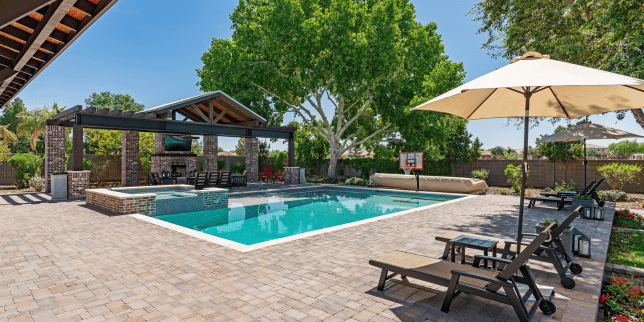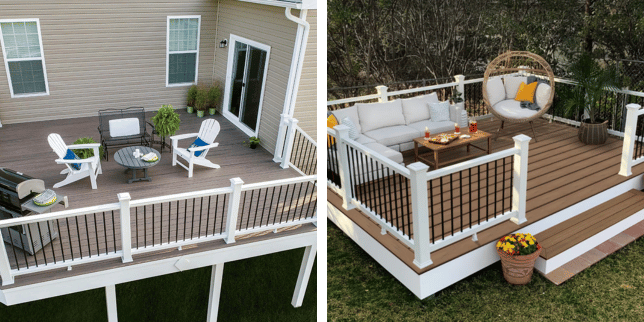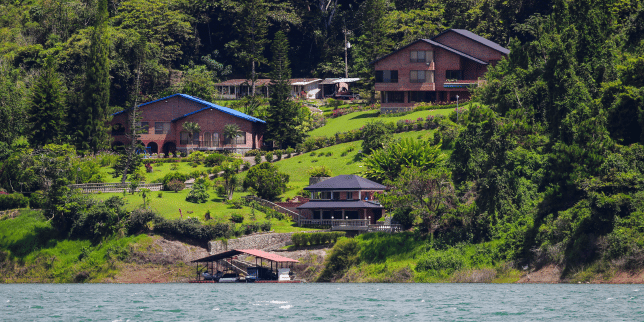How to Budget for Your DIY Deck Build in Michigan
March 8th, 2024
5 min read
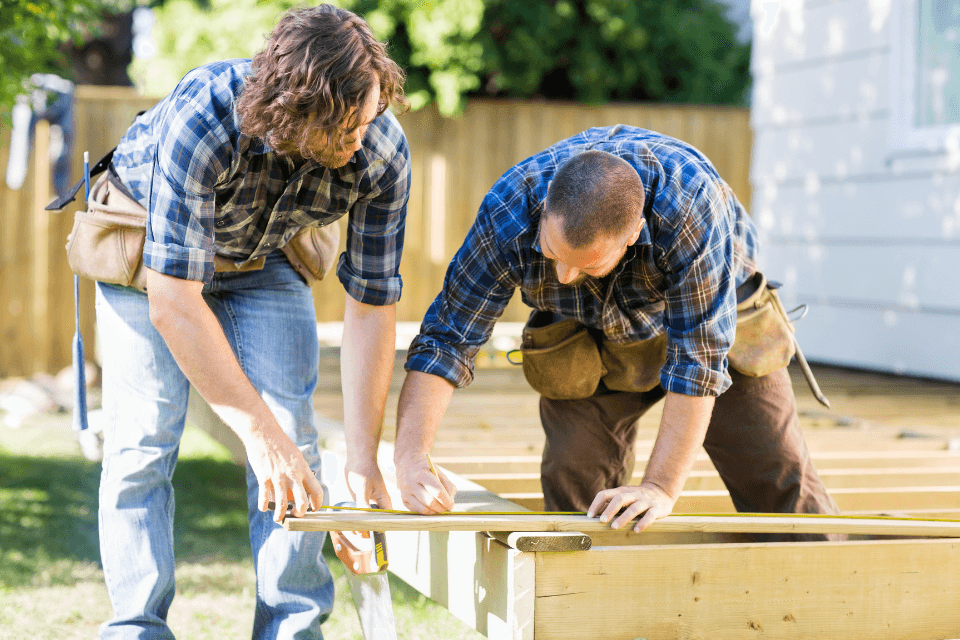
Are you eager to transform your outdoor space with a stunning deck but daunted by the financial investment? Building a deck is an exciting project, but budgeting for it can be stressful. Without a clear plan, you may be overspending or compromising on your vision, leading to frustration and disappointment.
One of the best ways to save money on your deck is to build it yourself.
This approach is different from the self-managed strategy, where you’re managing your own contractors and subcontractors; as well as the design-build firm approach, where all design and construction elements are taken care of through one company.
With over 15 years of experience in the industry, we've helped hundreds of clients navigate the complexities of deck building. We've put together a budget guide for homeowners interested in DIYing their decks to help them stay on track.
In this comprehensive guide, you'll gain valuable insights into how to build a budget for your DIY deck build, from assessing your financial resources to prioritizing key elements of your project:
Step 1: Assess Your Needs and Goals
Before diving into the financial aspect, take some time to assess your needs and goals for the deck. Consider factors such as the size of the deck, its intended use, any particular features or additions you want to include, and your overall aesthetic preferences.
By clarifying your objectives upfront, you can make more informed decisions about where to allocate your budget.
Here are more ways to assess your needs and goals for your DIY deck project:
- List how you want to use your deck: for relaxing, entertaining, or dining outdoors.
- Measure the available space in your yard to determine the size and shape of your deck.
- Consider adding features like built-in seating, planters, or lighting to enhance functionality and aesthetics.
- Look for inspiration online or in home improvement magazines to get ideas for your deck design.
- Note any specific preferences or requirements, such as privacy concerns or accessibility needs, to tailor your deck plan accordingly.
Step 2: Research Material Costs
Once you have a clear idea of what you want, research the costs of different decking materials. Options range from budget-friendly pressure-treated lumber to high-end composite or hardwood decking.
Consider not only the upfront cost but also the long-term maintenance requirements and durability of each material. This will help you choose the best option for your budget and preferences.
Learn more about how you can research materials costs below:
- Visit local home improvement stores or browse online to compare prices for different decking materials.
- Look for special deals or promotions that offer discounts on bulk purchases or seasonal sales.
- Check customer reviews and ratings to gauge the quality and durability of different decking materials.
- Consider each material's long-term maintenance requirements and lifespan to assess its overall value.
- Factor in additional costs for accessories like railings, fasteners, and postcaps when comparing material prices.
Step 3: Create a Detailed Materials List
With your material choices in mind, create a detailed list of all the items you'll need for your DIY deck build. Include everything from decking boards and joists to screws, nails, and any additional components like railings or stairs. Be thorough in your list-making to ensure you don't overlook any essential items that could impact your budget later.
Here are more ways to create the best-detailed materials list possible for your build:
- Measure the dimensions of your deck space to calculate the number of decking boards and joists needed.
- Consult with a professional or use online resources to estimate the quantity of screws, nails, and other fasteners required.
- Double-check your list to ensure you haven't overlooked any essential items, such as flashing or waterproofing materials.
- Consider purchasing extra materials (typically 10%) to account for waste or mistakes during the construction process.
Step 4: Estimate Tool and Equipment Costs
In addition to materials, don't forget to budget for the tools and equipment needed to complete the project. Depending on the complexity of your deck design, you may require:
- Jigsaw
- Sawzaw
- Miter box
- Impact drill
- Circular saw
- Framing nailer
- Joist hanger nailer
- Orbital sander (if you are building a wood deck)
If you don't already own these tools, factor their cost into your budget or consider renting them to save money.
Here are more ways to estimate tool and equipment costs for your DIY deck build:
- Take inventory of the tools you already own and list any additional tools needed for the project.
- Compare prices for purchasing versus renting tools to determine the most cost-effective option.
- Consider borrowing tools from friends or family to save on costs.
- Factor in the cost of safety equipment like goggles, gloves, and ear protection when budgeting for tools.
- Look for package deals or discounts on tool sets that include multiple items you'll need for your deck build.
Step 5: Account for Permit and Inspection Fees
Permit fees vary depending on your location and the deck size, so be sure to factor them into your budget. Typically, permits range from $70-$600. Additionally, budget for any required inspections throughout the construction process, as these may incur additional fees.
Here are more ways to properly research and acquire your deck-building permit:
- Contact your local building department to inquire about your deck project's permit requirements and associated fees.
- Factor in the cost of any required inspections throughout the construction process, including final inspections once the deck is completed.
- Budget for any additional fees or fines that may be incurred if you fail to obtain the necessary permits or inspections.
- Keep track of deadlines and submission requirements to avoid delays or penalties.
Step 6: Plan for Miscellaneous Expenses
Finally, don't overlook miscellaneous expenses that may arise during your DIY deck build. This could include things like delivery fees and waste removal to finish off the area around your new deck. While these expenses may seem minor compared to materials and tools, they can add up quickly if not accounted for in your budget.
Here are some more strategies to use while planning your miscellaneous expenses:
- Set aside funds for unexpected expenses or last-minute purchases that may arise during the project.
- Budget for landscaping materials like gravel, mulch, or pavers to create a finished look around your new deck.
- Consider investing in outdoor furniture, cushions, or accessories to make your deck space comfortable and inviting.
- Allocate funds for cleaning supplies, sealants, or finishes to maintain your deck's appearance and prolong its lifespan.
- Keep track of receipts and expenses throughout the project to ensure you stay within your budget and can account for every dollar spent.
Next Steps to Building Your Composite Deck
As you embarked on your DIY deck-building journey, creating a budget may have seemed overwhelming. The fear of overspending or compromising your vision may have loomed large, casting a shadow over your excitement for the project.
By delving into this comprehensive guide, you've gained invaluable insights into the art of budgeting for your DIY deck build.
At Custom Built Design & Remodeling, we're passionate about helping homeowners like you achieve their dream outdoor spaces while staying within budget. With over a decade of experience in the industry, we've honed our expertise in guiding DIY enthusiasts through every step of the deck-building process. We understand the importance of financial planning and are here to support you every step of the way.
Now that you've mastered the art of budgeting for your DIY deck build, it's time to put your newfound knowledge into action. Take the next step towards creating your dream outdoor oasis by gathering your materials, finalizing your plans, and diving into the construction process.
If a DIY project is too much for you, or you have more questions, our team is here. Remember, our team is always here to offer guidance and support as you bring your vision to life. Happy building!
Now that you know more about how to budget for your DIY deck build, let’s explore how Custom Built will approach your project, how much your new structure will cost, and how long it’ll take to build:
- Dream, Design, and Build: Our Remodeling Process - This guide details how we at Custom Built will approach your remodeling project.
- How Much Do Composite Decks Cost in Lansing, Michigan? - An overview of how much your Lansing composite deck will cost and the factors that will influence your price.
- How Long Does it Take to Build a Deck (Factors that Affect Timeline) - Explore details that affect how long it takes to build your composite deck with Custom Built’s Proven Process as the foundation.
Isabelle has worked at Custom Built for over 7 years, learning the systems from all sides. She has become an industry advisor in the customer relations software HubSpot, has a keen talent for elements of design, and currently leads the marketing team under the innovative TAYA system.












